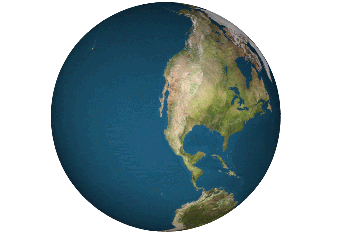The Icosahedron Design for the SOS

The icosahedron is one of the five so-called Platonic solids. In Euclidean geometry, a Platonic solid is a regular, convex polyhedron with congruent faces of regular polygons and the same number of faces meeting at each vertex. Five solids meet those criteria, and each is named after its number of faces. The Tetrahedron (four faces), the Hexahedron or Cube (six faces) the Octahedron (eight faces), the Dodecahedron (twelve faces) and the Icosahedron (twenty faces). All of the platonic solids share certain common properties: all faces are identical polygons, none of the faces intersect except at their edges and the same number of faces meet at each of its points. The Platonic solids are prominent in the philosophy of Plato, their namesake. Plato wrote about them in the dialogue Timaeus c.360 B.C. in which he associated each of the four classical elements (earth, air, water, and fire) with a regular solid. Earth was associated with the cube, air with the octahedron, water with the icosahedron, and fire with the tetrahedron. The fifth Platonic solid, the dodecahedron, Plato obscurely remarks, "...the god used for arranging the constellations on the whole heaven". Aristotle added a fifth element, aithêr (aether in Latin, "ether" in English) and postulated that the heavens were made of this element, but he had no interest in matching it with Plato's fifth solid.
Both, the dodecahedron and icosahedron closely approximate a sphere. Three of the five "solids" can be attributed to the Pythagoreans, namely the Hexahedron or cube, the Tetrahedron or pyramid, and the Dodecahedron, while the Octahedron and the Icosahedron are attributed to Theaetetus - a classical Greek mathematician who was a contemporary of Plato. The crater Theaetetus on the Moon is named after him due to its distinct polygonal shape.
Interestingly, Buckminster Fuller used the icosahedron for his "Dymaxion map" or "Fuller map" - a projection of a world map onto the surface of an icosahedron, which can be unfolded and flattened to two dimensions. In 1954 Fuller, published the "Airocean World Map", a modified but mostly regular icosahedron as the base for the projection, which is the version of the Dymaxion map most commonly referred to today.

The world is flattened into a Dymaxion map as it unfolds into
an icosahedron net with nearly contiguous land masses.
Photo Source: Wikipedia
Both the Greater.Earth and the Space Option contains the Greek astronomical symbol for the planet Earth ![]() .
.
In a similar manner, having an implied symbolic relationship to our planet via the Space Option Star reinforces the fundamental message of the Space Option concept which is directed at meeting the basic and anticipated needs of humanity on Earth through the use of resources from space.
See also:
Inflatable Technologies for Sculpture in Earth Orbit
